The ongoing news about the war crimes between Russia & Ukraine has been reminding me a lot of the days I spent walking around in Sarajevo- another city wounded by war in Eastern Europe.
War brings about the worst aspects of humanity. With some people calling this war a genocide, there’s been great suffering, great loss, and countless atrocities. It seems the world has been on edge that this conflict could unfold into a World War III between a number of countries including nuclear-weapon states.
Nothing good comes from war.
An eye for an eye will only make the whole world blind.
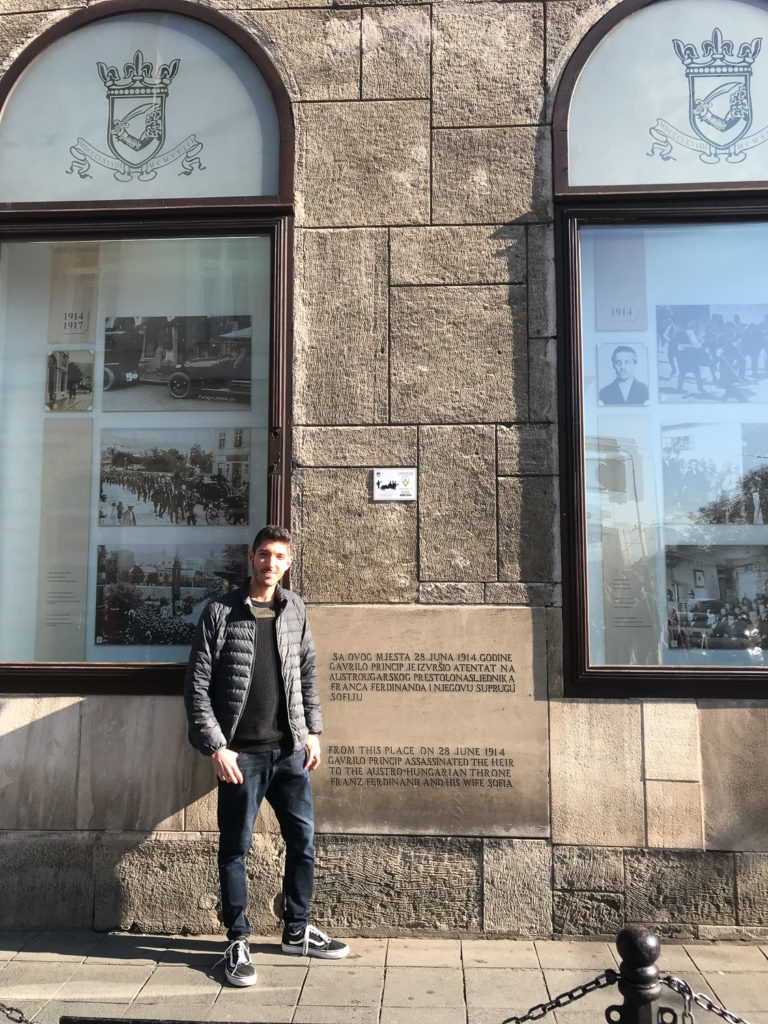
Two shots were fired in Sarajevo igniting the fires of war drawing Europe into World War I. Just hours after narrowly escaping an assassin’s bomb, Archduke Franz Ferdinand, the heir to the Austro-Hungarian empire was killed by Gavrilo Princip at the very spot where I’m standing in the photo above.
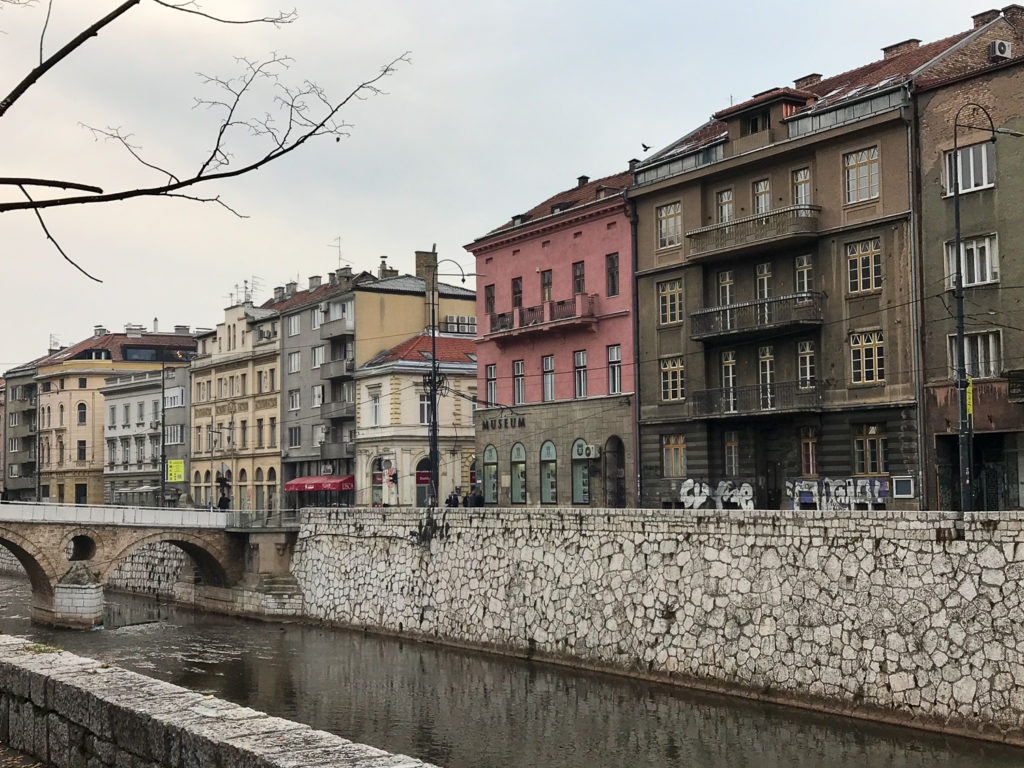
World War I… World War II…. the Bosnian War… Sarajevo has been through a lot of tumultuous times!
Warchitecture is a term coined to describe how war redesigns landscapes and alters terrain leading behind wounds and scars everywhere you look.
In cities wounded by war, architectural artifacts are victims of man’s rage. Throughout the ages, we’ve seen this pattern repeat. In Athens, I witnessed the remains of a war-damaged Acropolis. In Ukraine, we see this happening to significant buildings with each passing day. In Germany, much of their modern-day architecture has been built with a focus on functionality over form because things needed to be rebuilt quickly after World War II.
Advertisement:
The destruction of a city’s architecture is one of the main forms of aggression behind the physical and psychological assault against a civilian population.
WHY DOES SARAJEVO HAVE RED SIDEWALKS?
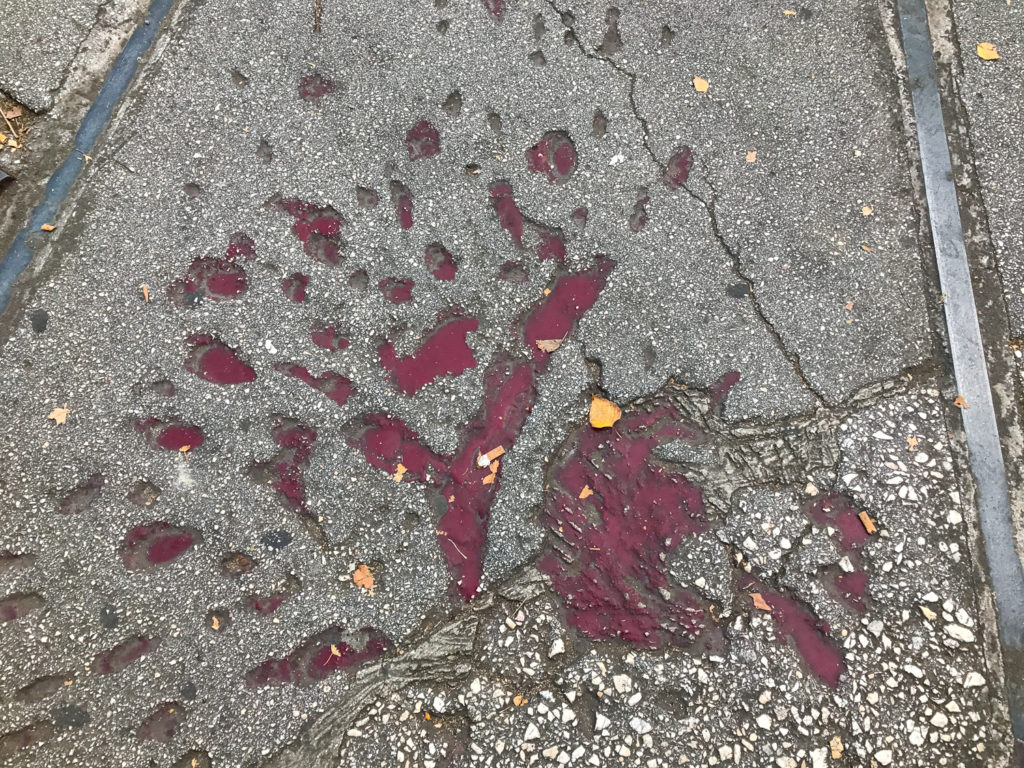
The red sidewalks in Sarajevo are known as The Sarajevo Roses.
Carved into the roads and sidewalks are red rose patterns filled with red resin. These rose patterns are actual sites of mortar attacks that took place during the siege of Sarajevo.
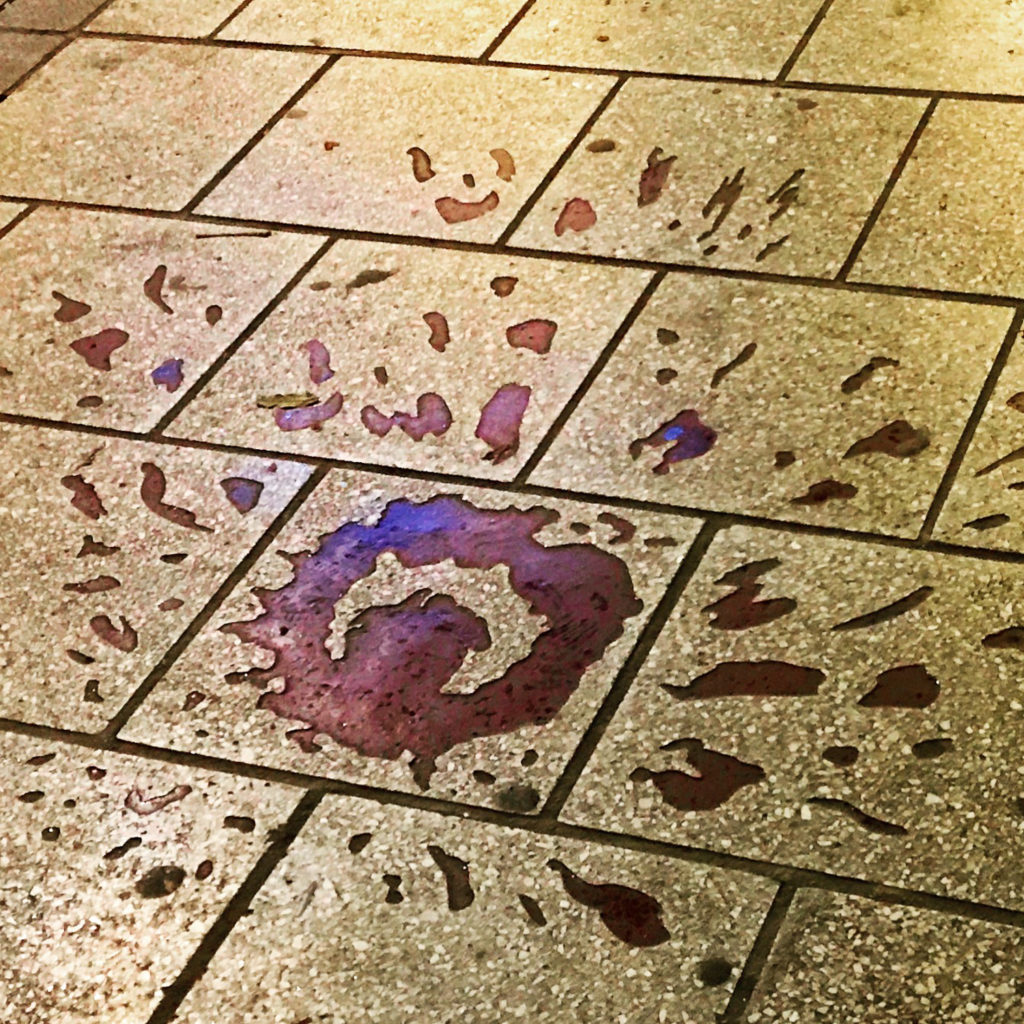
WHAT WAS THE SIEGE OF SARAJEVO?
The Siege of Sarajevo was a prolonged blockage of Sarajevo by Serbian forces during the Bosnian War. This conflict lasted for three and a half years filled with daily shellings and fatalities.
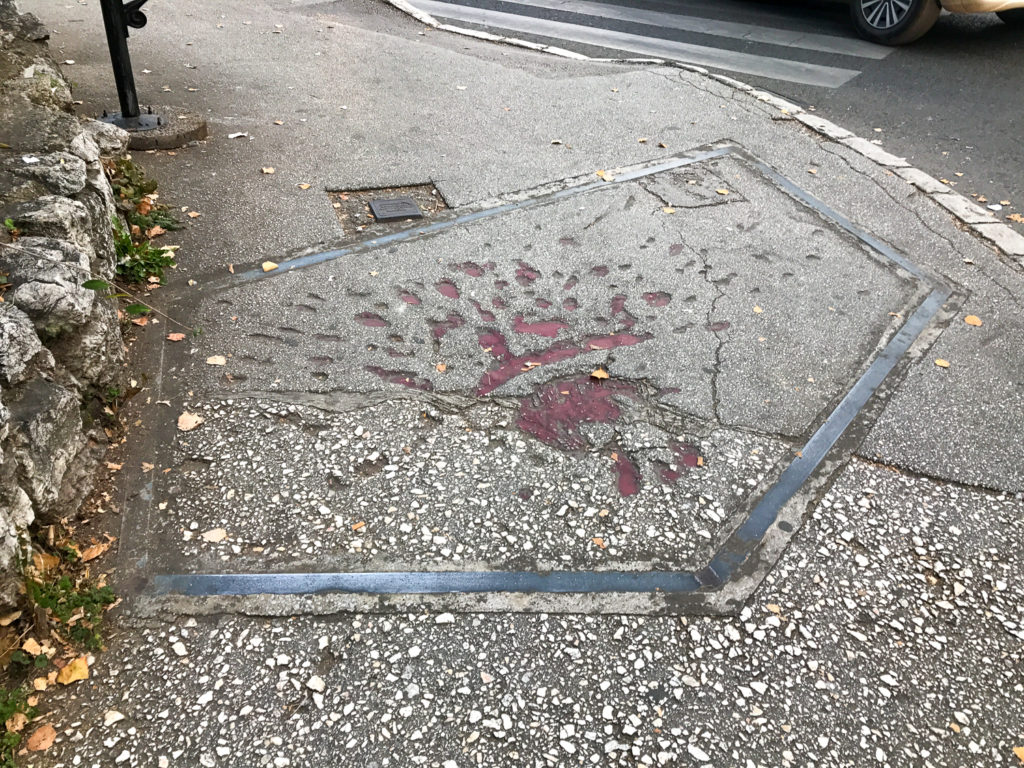
WHEN WAS THE BOSNIAN WAR?
The Bosnian war took place between 1992 and 1996. This war wasn’t all that long ago so traces of the conflict still persist today.
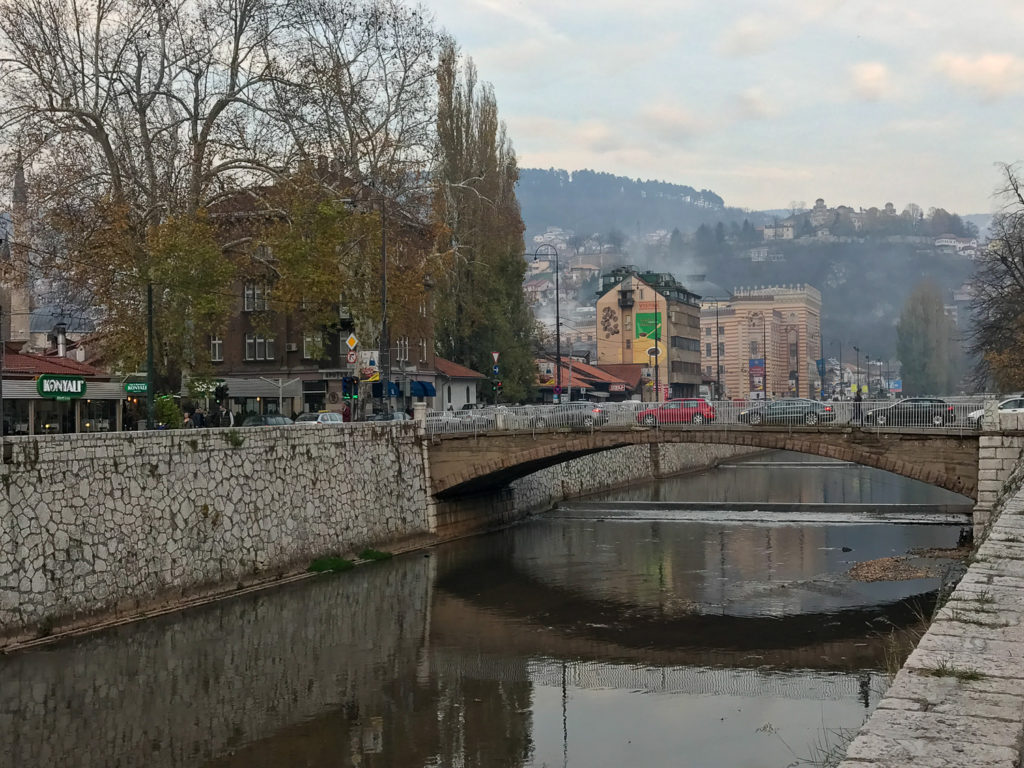
Unfortunately, I believe this prejudice was in part why I was subjected to teasing and harassment during my bus trip into the country.
DOES SARAJEVO STILL HAVE LANDMINES?
Bosnia and Herzegovina may never be clear of landmines.
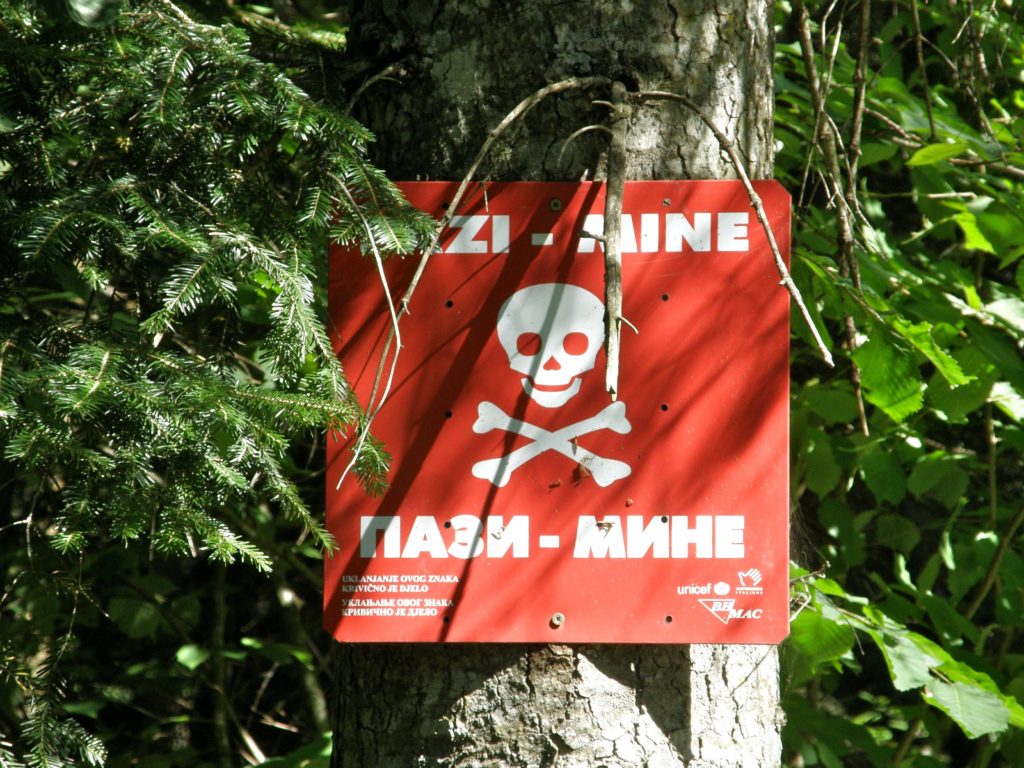
More than two decades after the Bosnian War and Bosnia remains one of the most heavily-mined countries in the world.
Over 1,750 people were victims of land mines and at least 612 of them were fatal.
2.2% of the country remains hazardous. Some estimates say there could be another 80,000 uncleared land mines in Bosnia and Herzegovina.
In 2016, NGOs were forced to warn Pokemon Go users after players were led into literal minefields while catching Pokemon in the area.
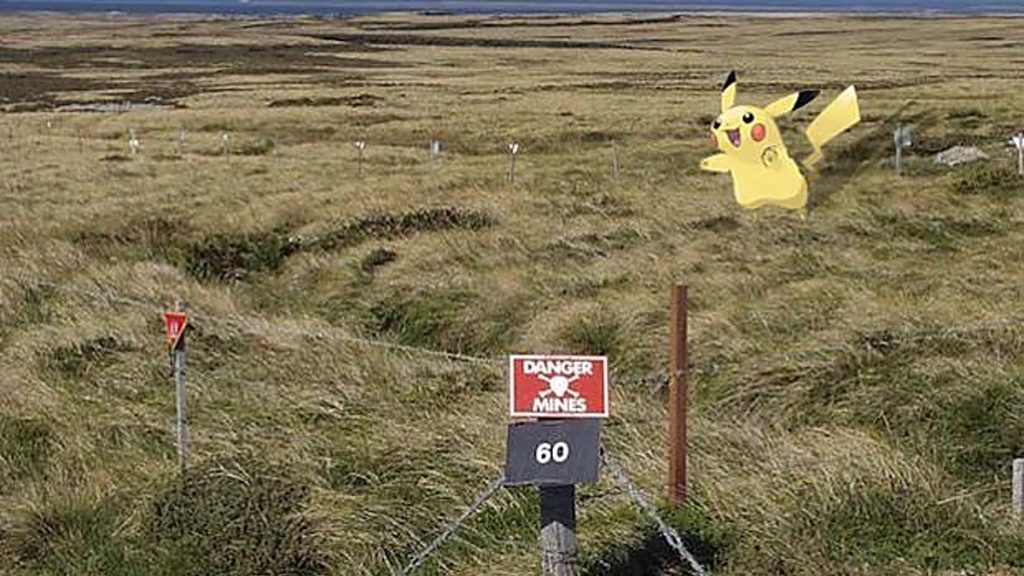
The lack of funds has slowed down the process of ridding Bosnia of mines.
The deadline for clearing the country of mines entirely has now been extended to 2024 and Bosnian authorities have been requesting more donor funds to help with the completion of the process.
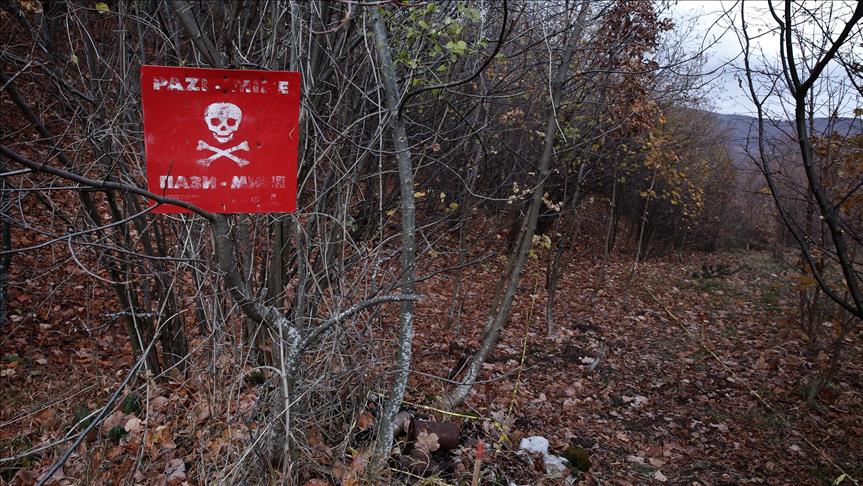
Advertisement:
WHICH RELIGIOUS ETHNIC GROUPS LIVE IN BOSNIA AND HERZEGOVINA?
The three major ethnic groups in the region are the Serbs, Croats, and Bosniaks, the latter of which are predominantly Muslim. Most Croatians are Catholics. Most Serbians practice Eastern Orthodox Christianity.
In Sarajevo, the prevalence of these different religious ethnic groups was really prevalent.
ISLAM
The Gazi Husrev-beg Mosque in Sarajevo
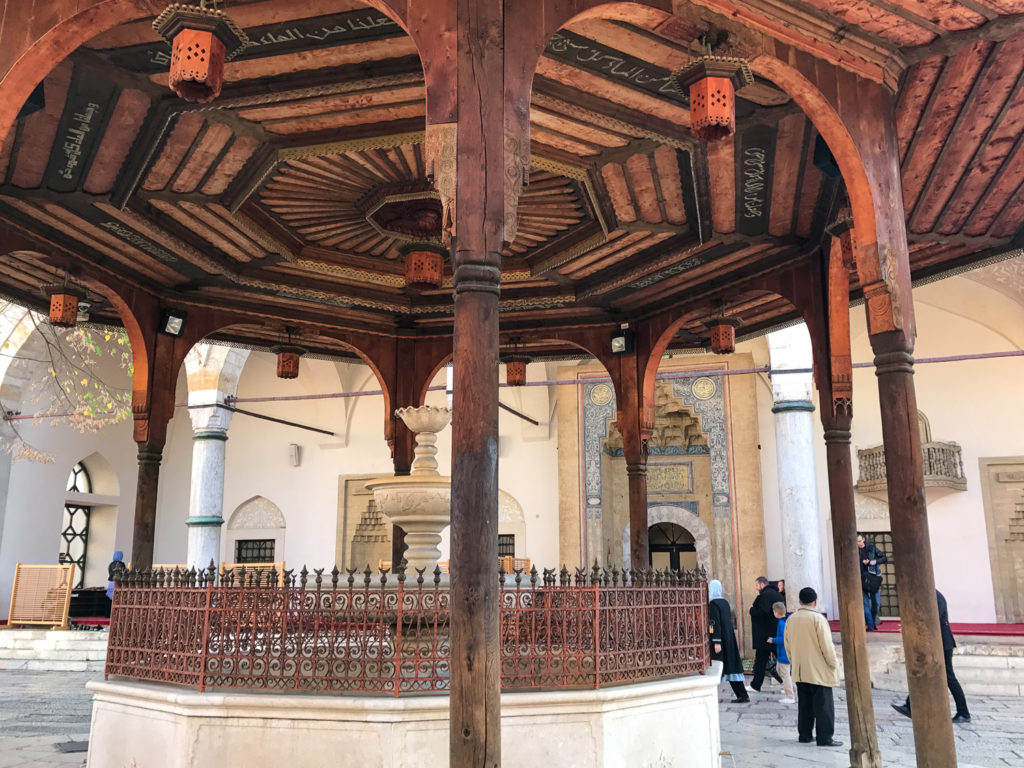
The Emperor’s Mosque
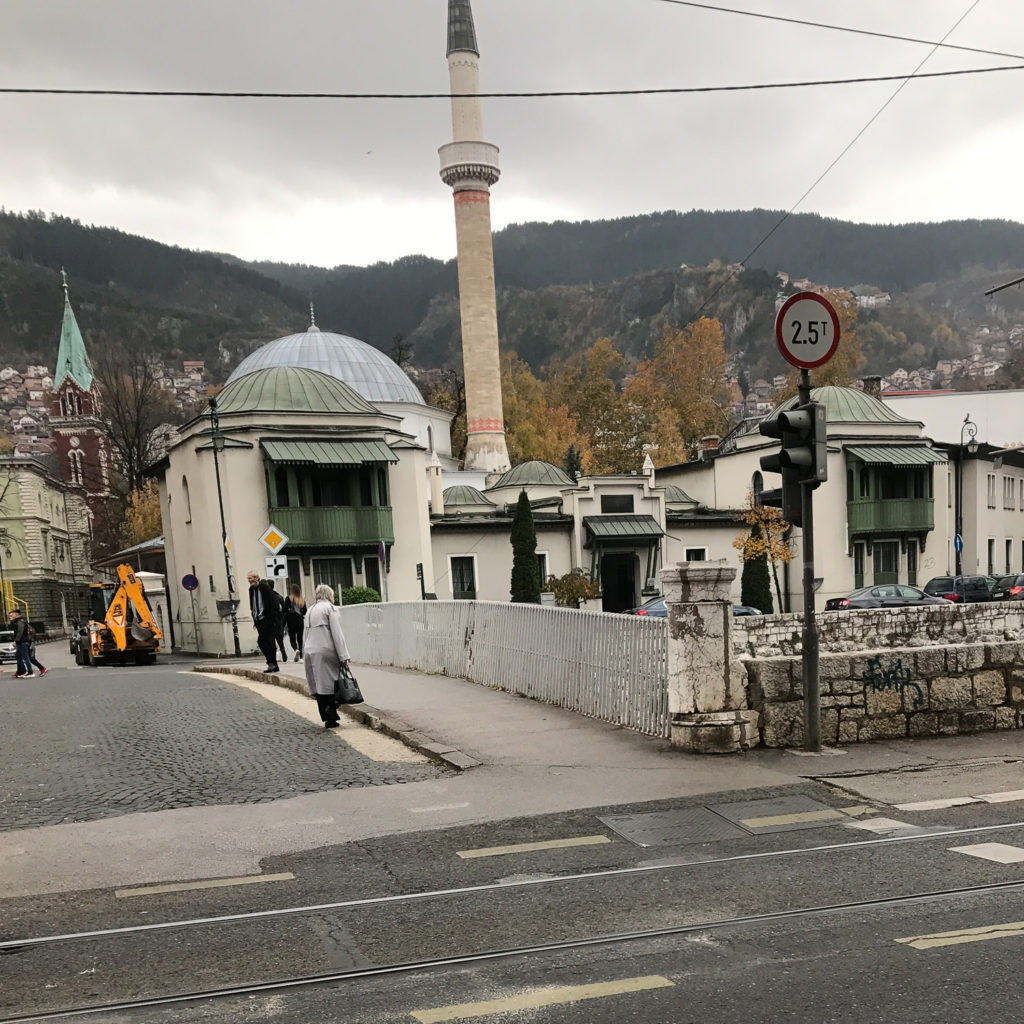
CATHOLICISM
The Sarajevo Sacred Heart Cathedral
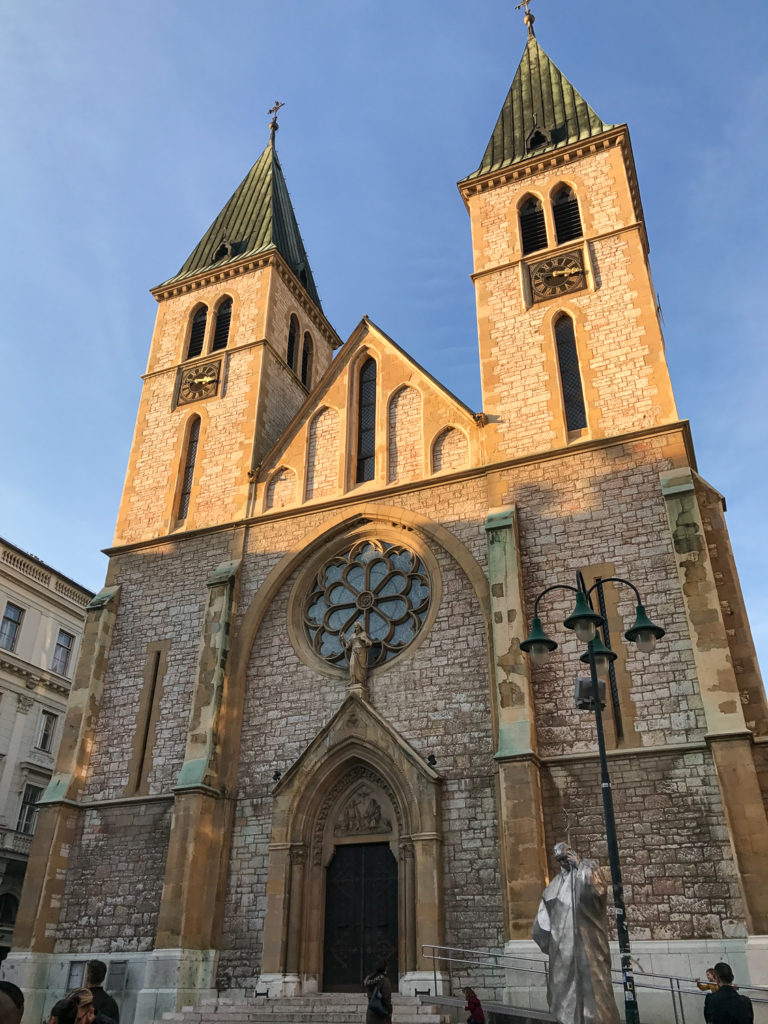
EASTERN ORTHODOX CHRISTIANITY
The Cathedral of the Nativity of the Theotokos in Sarajevo
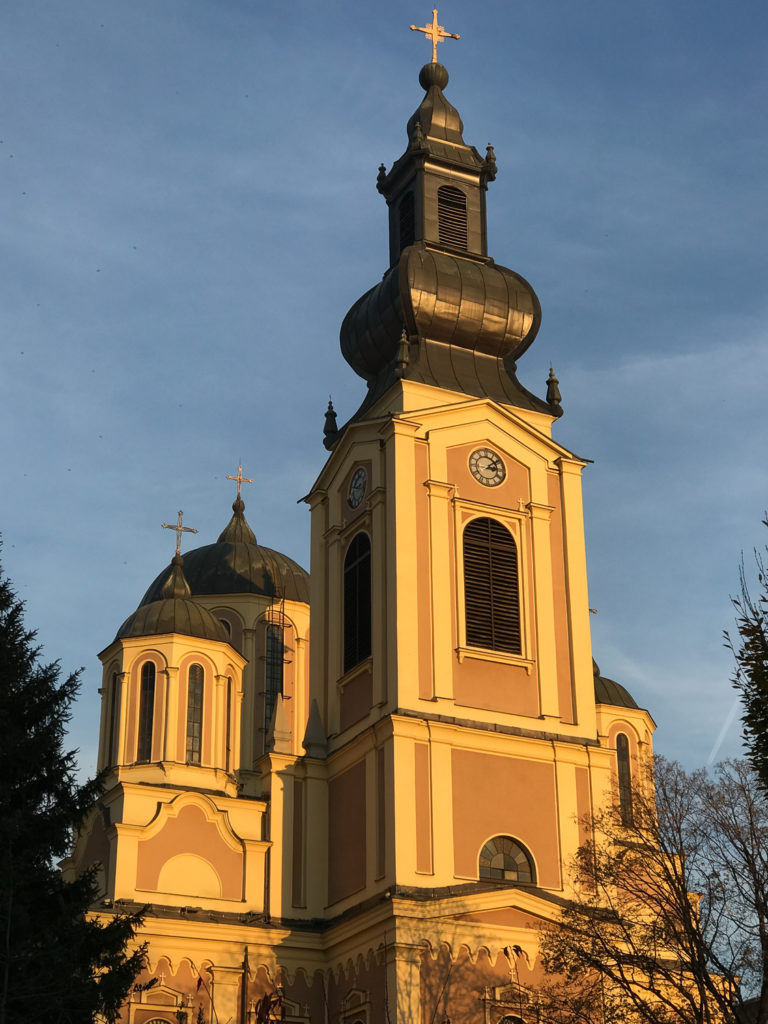
JUDAISM
The Sarajevo Synagogue
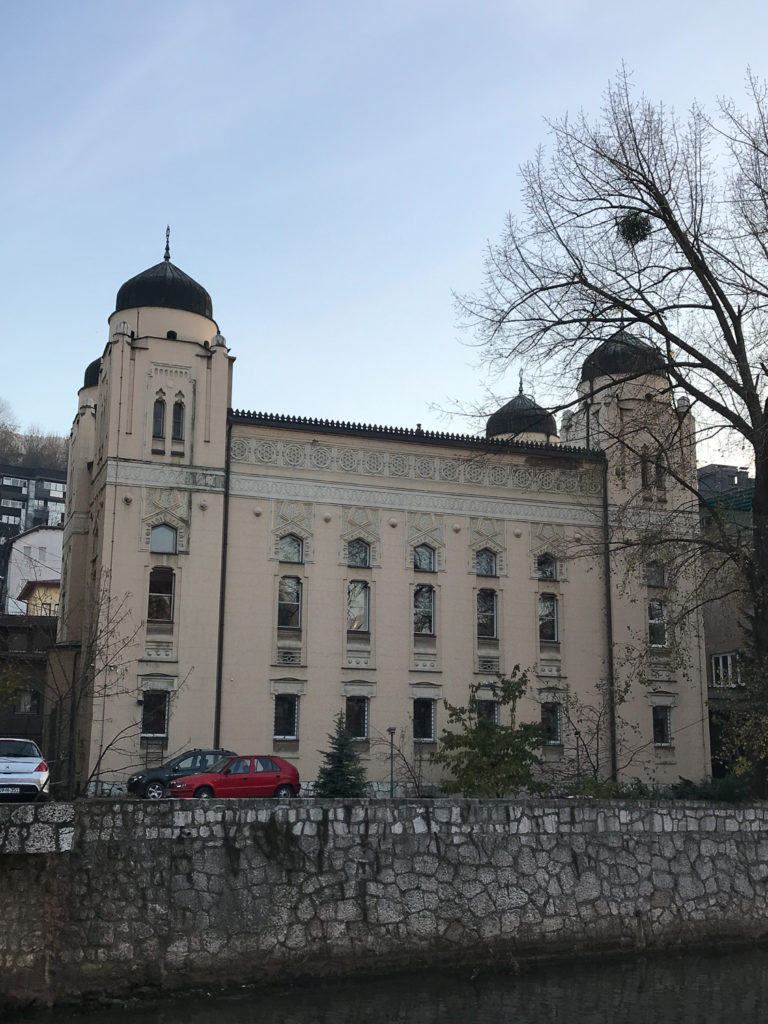
Walking around the city center, you could easily spot churches, temples, and mosques all within eyeshot of one another. With so many places of worship set so close together, you could see just how diverse… or divided… this city’s culture really is.
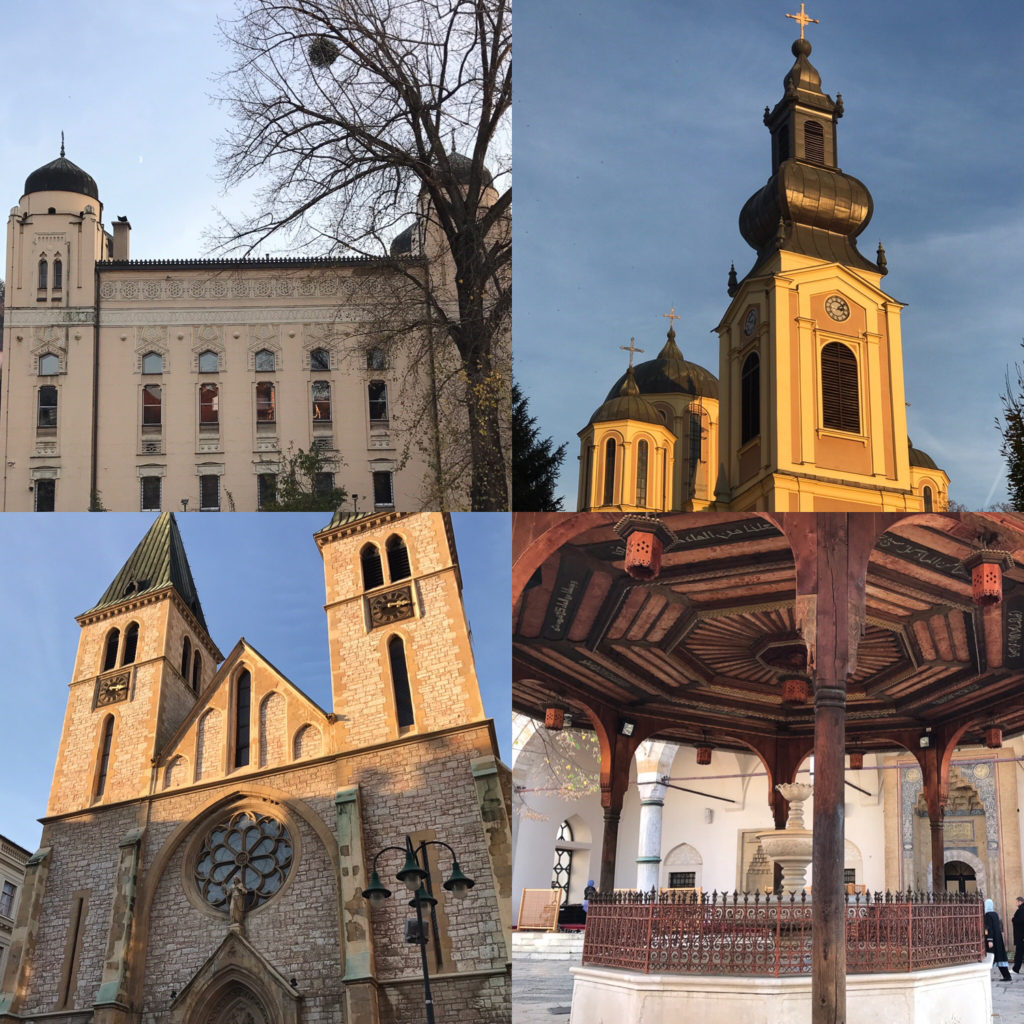
Their history seems to suggest there is no way to bridge the divide.
One of the best videos I have ever watched to learn about this conflict is shown below. Please watch it. The video is so enlightening and well done. If you want to learn more about this subject, it’s worth a watch.
Please watch this video:
DOES BOSNIA STILL SEGREGATE SCHOOLS BY RELIGION?
Sadly, yes. It does.
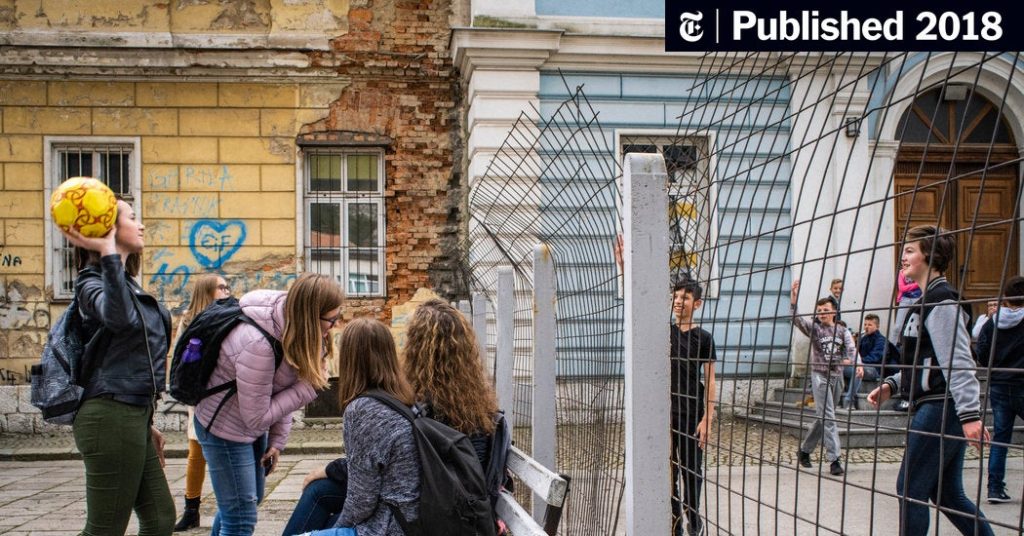
The YouTube video posted above this section tells the story of Amela who is a Muslim who went to a segregated school in Travnik. She grew up with ethnic segregation.
Bosnia’s court declared the “two schools under one roof policy” unconstitutional in 2012. Somehow this policy is still practiced in everyday life throughout Bosnia.
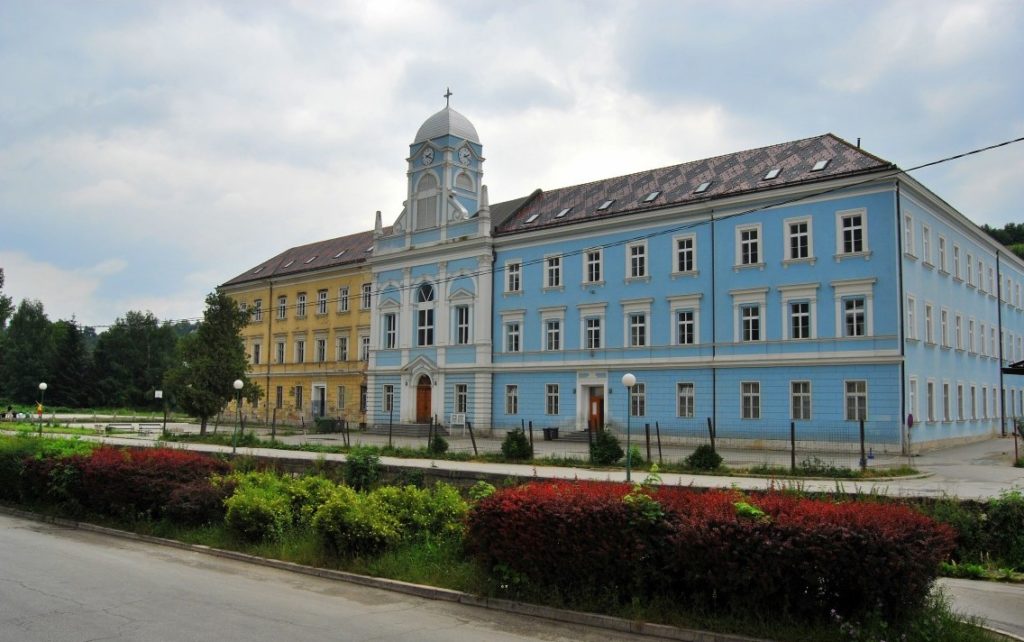
Catholics and Muslims will often be separated and learn different interpretations of the country’s history. Adults who cannot see eye-to-eye have allowed their ideologies and war wounds to create an ongoing battle in the minds of Bosnia’s youth.
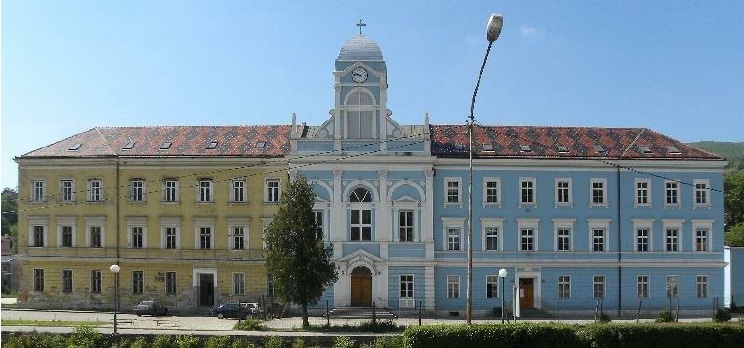
Some cosmopolitan youth are fighting back and taking a stand against such strong nationalism in the region such as Nikolas Rimac who once started a group “Friends Without Nationalism.”
Nowhere in the world have divisions created by nationalism been more drastic than in Bosnia and Herzegovina.
Bosnian Muslims, Bosnian Croats, and Bosnian Serbs say they live together but upon closer inspection, they just live side by side. The video above explains that very few would ever accept a spouse from a different ethnic group.
Advertisement:


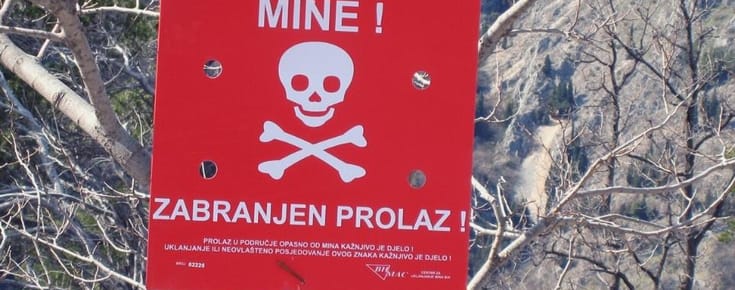
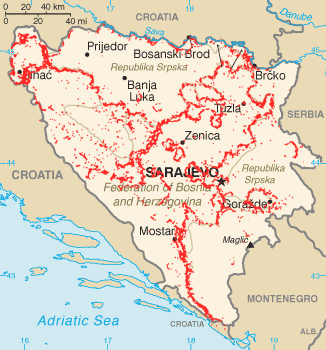
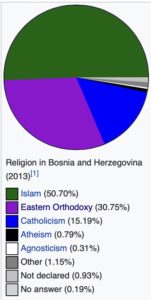
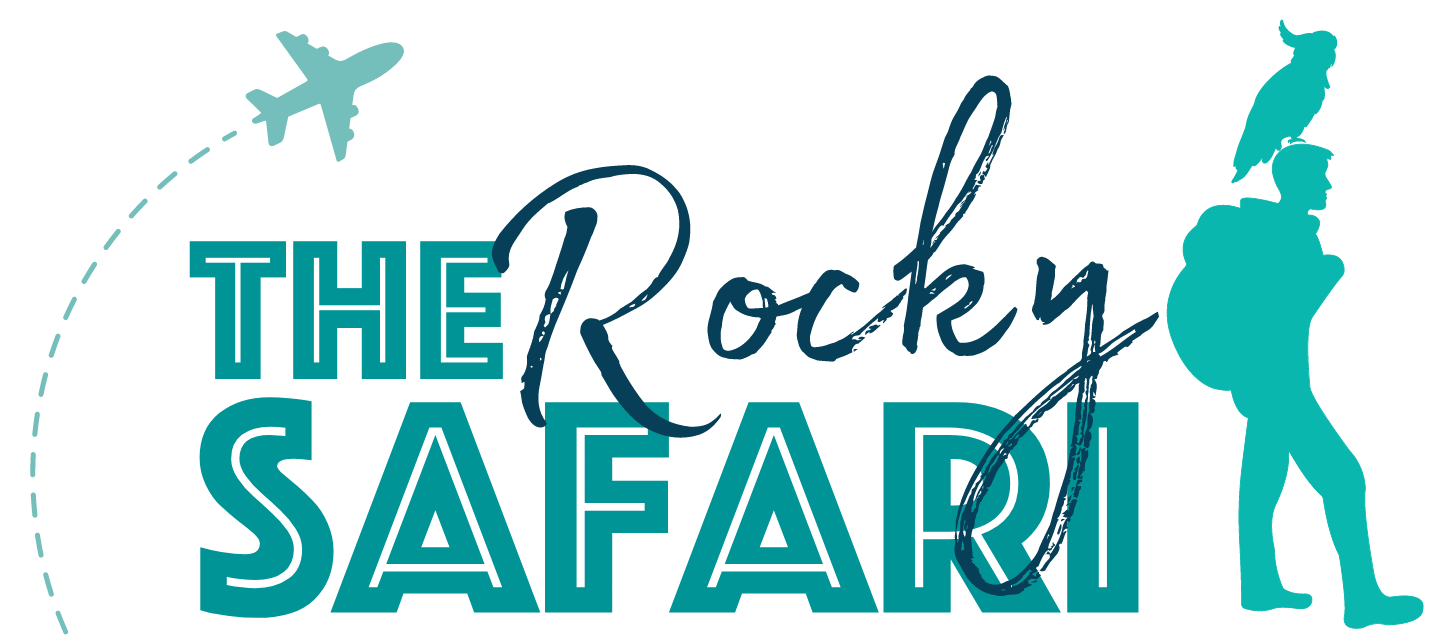
When I learned about Bosnia & Herzegovina’s history, I found it one of the most complex and devastating in Europe. It amazes me that we don’t learn about this in world history at school, and as a result the history gets overlooked in favor of bigger events like the French Revolution and WWII…hard to believe that the Bosnian War only happened some 20-30 years ago, and it’s fascinating to see the streets of Sarajevo scattered with red resin to remind people of the past (if anything, it looks like blood). You certainly visited the country in depth, and the details of what you learned show in this post!
It amazes me as well! With such a rich and complex history, you’d think it would have been a focus at some point in the curriculum. The recency of the war makes it all the more surprising! Thanks for sharing your greatly insightful thoughts on this, Rebecca! 🙂
What an informative post; like Rebecca above, I was always shocked we don’t learn about B&H’s history, especially as it was happening whilst I was at school. Sarajevo is high on my list of places to visit in 2023, in part to learn more about its complex history.
I was shocked too! It’s an unbelievably complex history; unlike one I’ve ever encountered. I definitely hope you’ll be able to visit Bosnia in 2023! 🙂 Thanks for reading and for sharing your thoughts, Hannah! 🙂